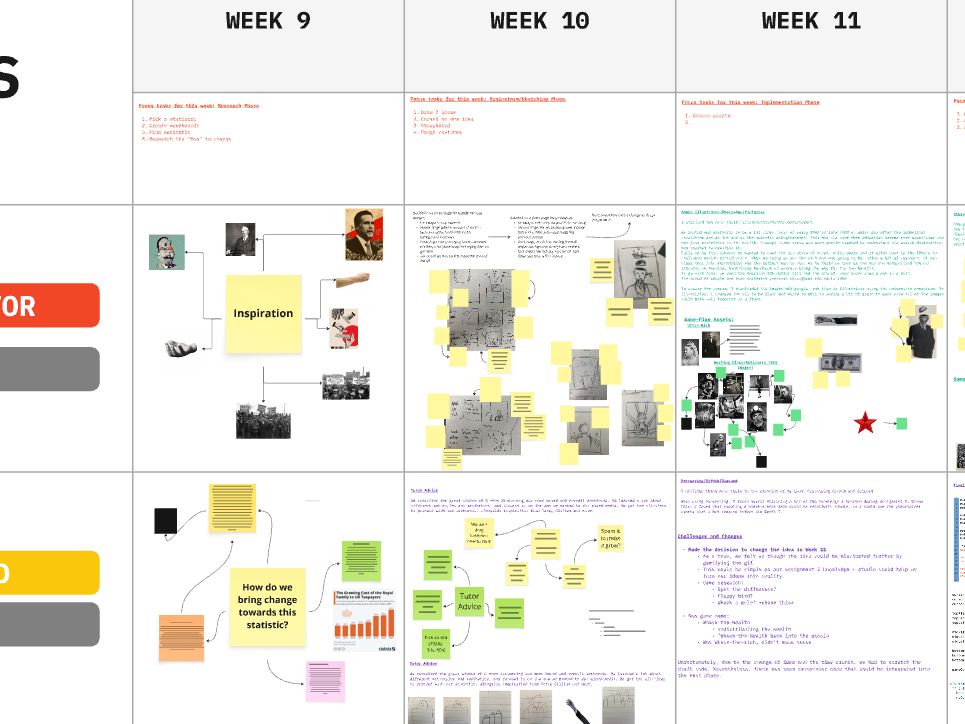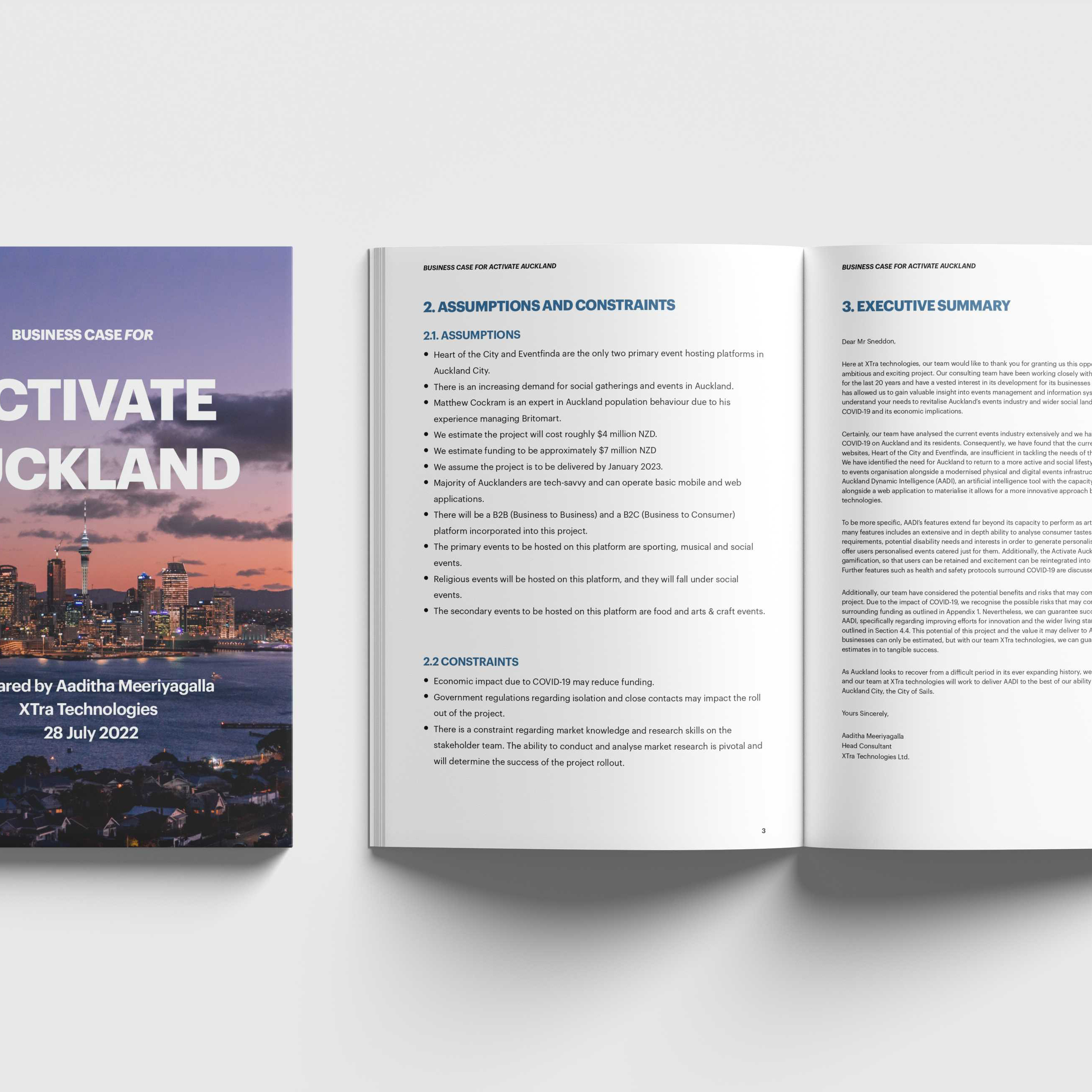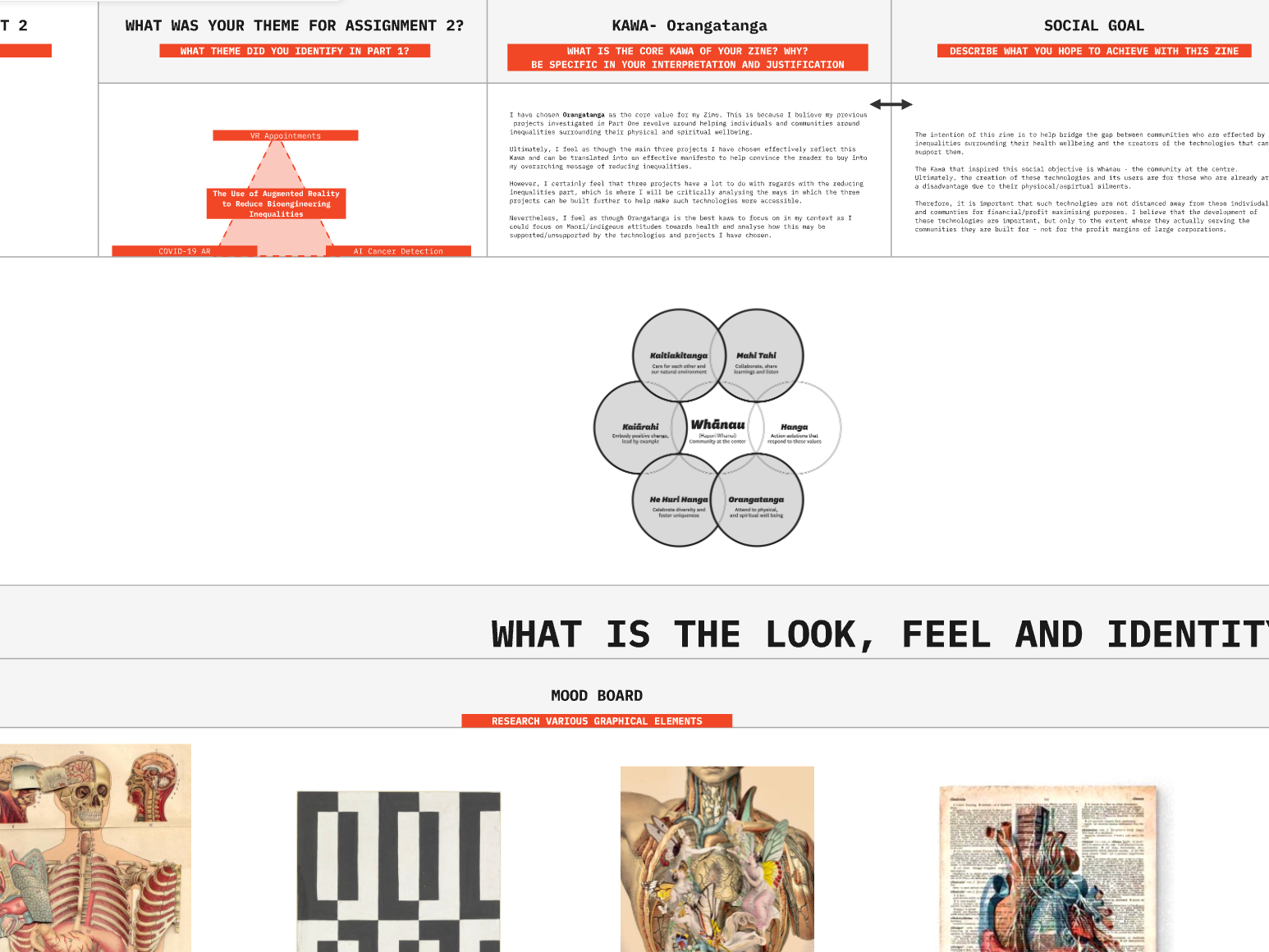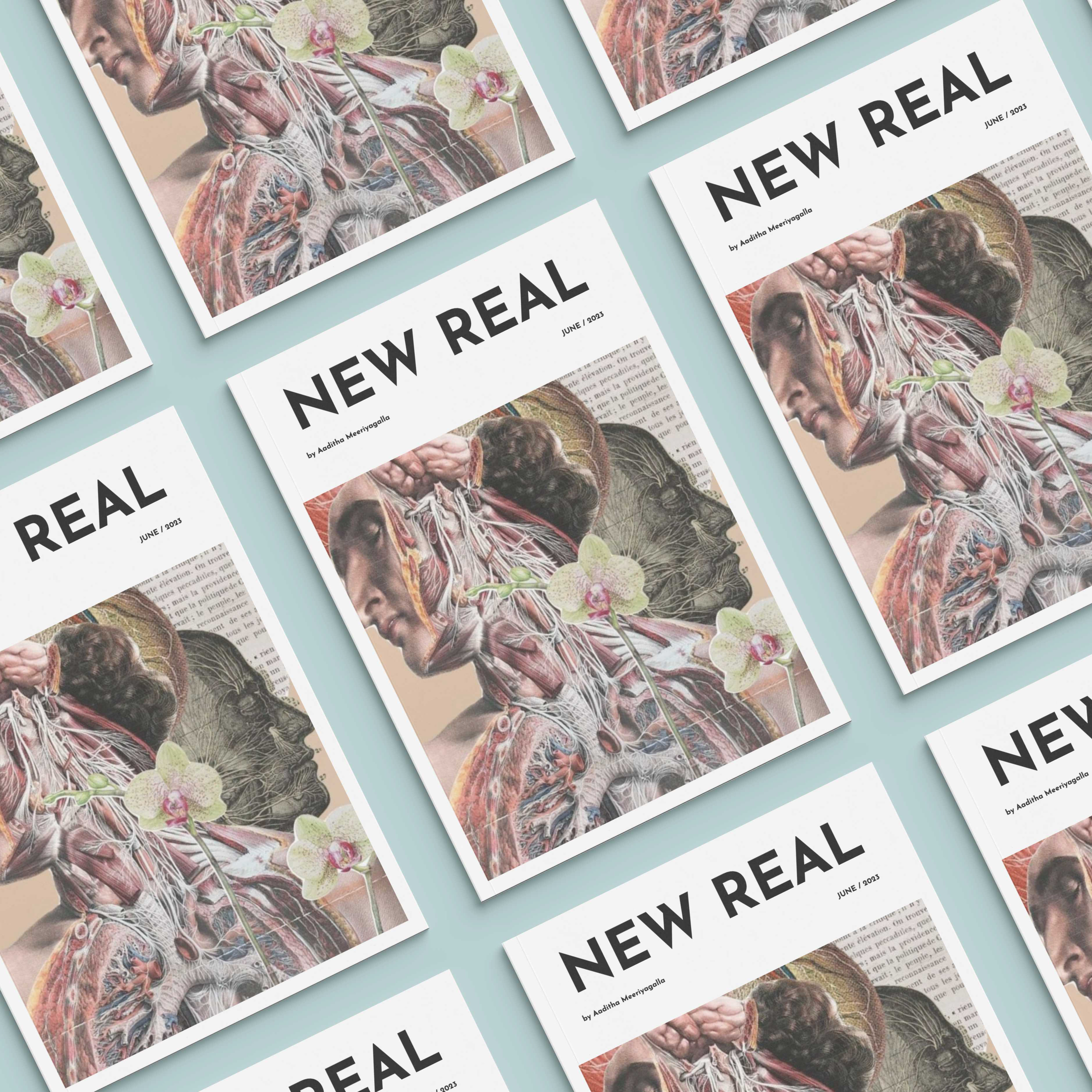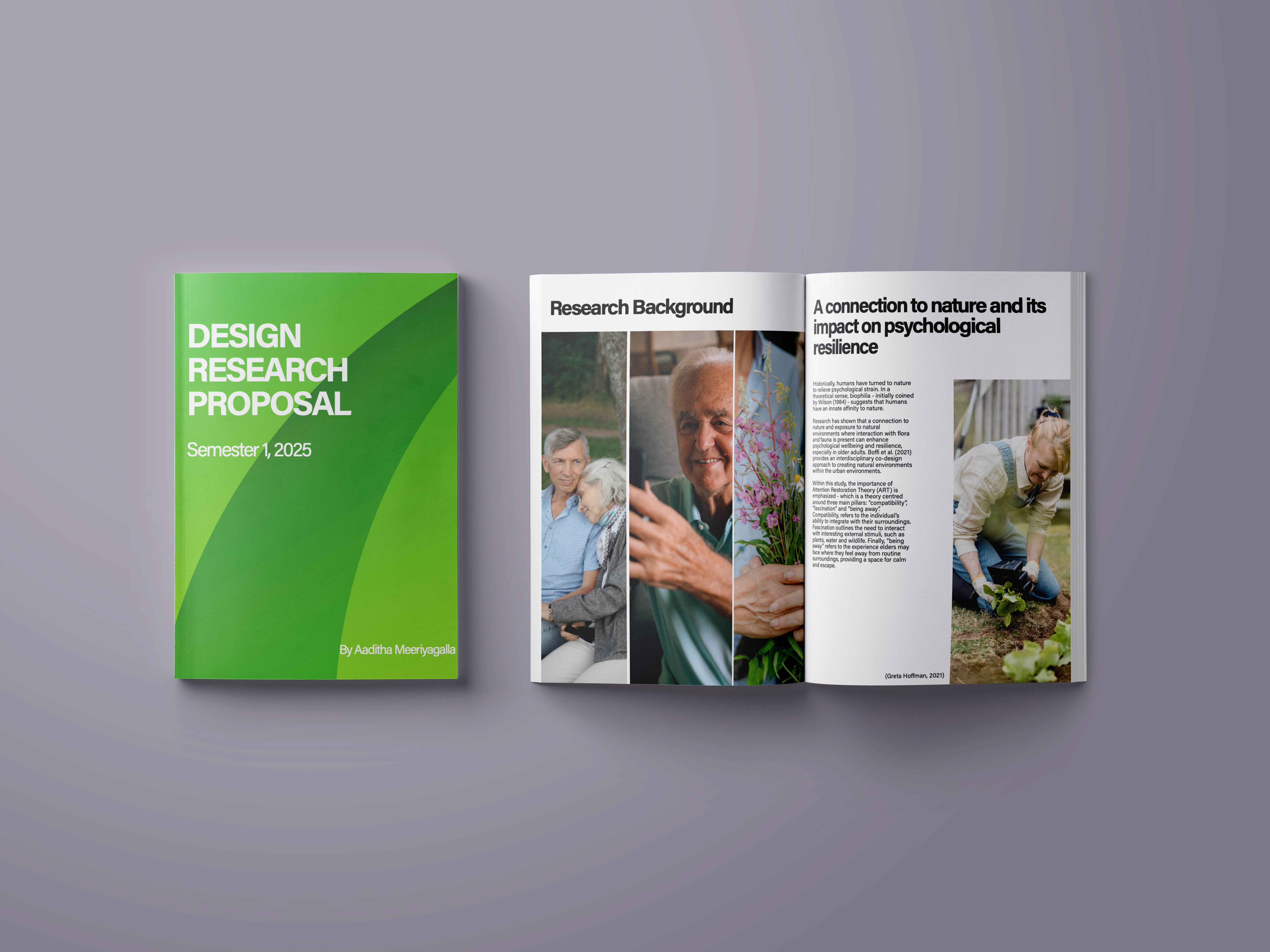The primary goal of the advertisement is to tackle the challenge of low prioritization of
sustainability within fashion consumers, identified in Part A. Firstly, the vertical slogan
“Patagonia walks the talk” signals a commitment to sustainability, which is subconsciously
outlined in the background image with the man in nature. This aligns with the findings that New
Zealand consumers seek brands who are leaders in sustainability, and are “committed to making
society better” (Kantar, 2022). Furthermore, the slogan “Wear what you stand for”, with an
emphasis on you, seeks to tap into the enduring involvement of the consumer, which are based
on long term interests and values. Theoretically, this approach echoes the Elaboration Likelihood
Model by utilising the peripheral route where emotional appeal is utilised to influence attitudes,
without deep complex thinking (Petty & Cacioppo, 1986). Therefore, this ad seeks to
synchronise brand and consumer attitudes towards a sustainable future in fashion.
sustainability within fashion consumers, identified in Part A. Firstly, the vertical slogan
“Patagonia walks the talk” signals a commitment to sustainability, which is subconsciously
outlined in the background image with the man in nature. This aligns with the findings that New
Zealand consumers seek brands who are leaders in sustainability, and are “committed to making
society better” (Kantar, 2022). Furthermore, the slogan “Wear what you stand for”, with an
emphasis on you, seeks to tap into the enduring involvement of the consumer, which are based
on long term interests and values. Theoretically, this approach echoes the Elaboration Likelihood
Model by utilising the peripheral route where emotional appeal is utilised to influence attitudes,
without deep complex thinking (Petty & Cacioppo, 1986). Therefore, this ad seeks to
synchronise brand and consumer attitudes towards a sustainable future in fashion.
References
Kantar. (2022). Better Futures.
https://www.sbc.org.nz/wp-content/uploads/2022/07/2022-Better-Futures-Report-Version
-23-March-FINAL.pdf
https://www.sbc.org.nz/wp-content/uploads/2022/07/2022-Better-Futures-Report-Version
-23-March-FINAL.pdf
Petty, R. E., & Cacioppo, J. T. (1986). The elaboration likelihood model of persuasion. In
Advances in experimental social psychology (pp. 123–205).
https://doi.org/10.1016/s0065-2601(08)60214-2
Advances in experimental social psychology (pp. 123–205).
https://doi.org/10.1016/s0065-2601(08)60214-2
